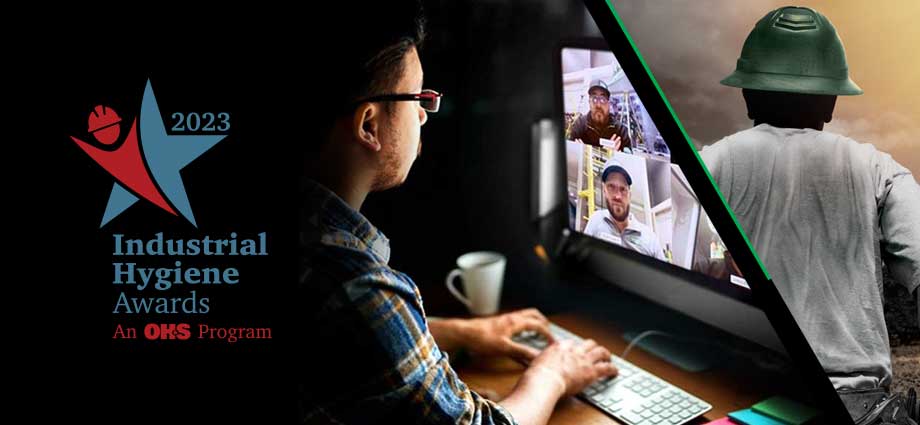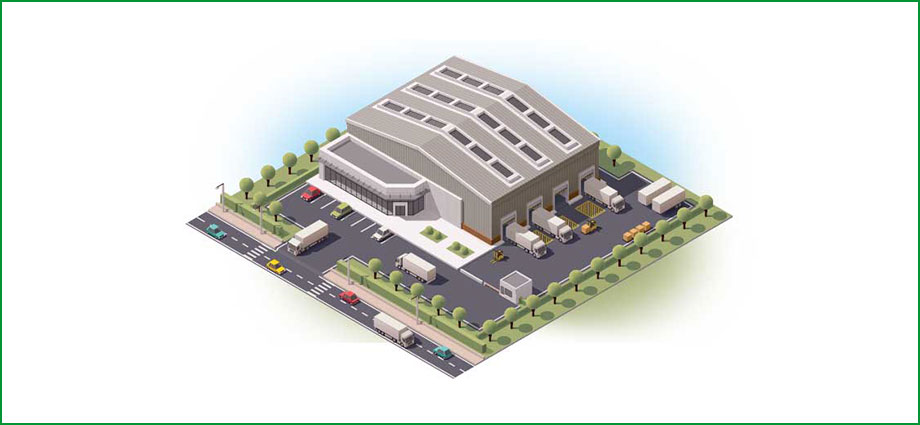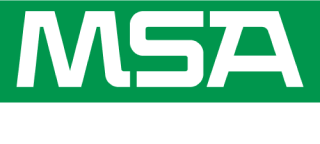
When it comes to installing, programming, and using fire & gas safety system controllers, they’re notorious among users for being complex and rarely understood. Just Google “how to simplify a safety controller” and see if you don’t end up with nearly 4 million search results (most of which don’t offer much in the way of help).
What Is a Fire & Gas Safety System Controller?
A safety controller is a monitoring device that works in conjunction with fixed gas or flame detectors. Essentially, a controller acts as centralized input and output signaling hub by aggregating the input signals it receives from gas and flame detectors and other critical safety field devices.
By comparing signals to an operating logic that’s pre-defined within the system cause & effect tables, the controller triggers alerts and alarms, as well as activates important notification and hazard mitigation equipment that’s required to notify workers and safeguard the premises.
How Do Safety Controllers Work and Why Are They Crucial to the Safety System?
A current trend across most industries is requiring higher levels of production output while having fewer operators and technicians to provide support. This means that there are fewer people available in the control room (if they even have a control room) to monitor safety system status and ensure proper performance.
As such, the safety system controllers need to be capable of monitoring not only the primary signal outputs of the connected detection devices, but also the health, readiness, and overall sensitivity of connected instruments. Further, they need to be able to unlock the valuable diagnostic information that’s available from intelligent field devices.
Today’s smart safety system controllers do more than just monitor these discrete inputs. They also play a critical role in ensuring facility safety. How? By quickly and accurately energizing the appropriate outputs to notify both equipment and personnel, and also by alerting workers of maintenance or testing actions required to ensure proper functioning of the fire and gas detection system.
Four Challenges with Safety Systems & Controllers
Challenges in defining, implementing, and operating fire and gas safety systems still exist; here is a brief summary of four of the most common.
Challenge #1: System installation is difficult or cumbersome.
“It’s important to consider the type, size, capacity, and mounting options of the controller. Legacy controllers are huge in comparison to new controllers, which often have limited space availability. In fact, many of these older, rack-mounted systems are now obsolete. Because of the general space limitations, MSA developed a compact controller that supports up to 16 detectors in a single enclosure. This makes it ideal for use in space-limited control rooms or motor control centers. The bottom line is that with this new compact controller, you gain bigger system ease of use in a small, easy-to-install control package.” – Dave Opheim, Business Development Manager at MSA
Solution: Simple, inexpensive installation
With its wall-mounted, fiberglass box, the new SENTRY io® Controller features a device level ring (DLR) networking option with a loop topology to connect multiple controllers in a single run. It accommodates 8 or 16 input channels, up to 56 relays, and optional analog outputs. Plus, its flexible platform allows for a variety of communication protocols, including Modbus TC/IP, EtherNet/IP, and optional Modbus RTU. The SENTRY io also can be networked with another SENTRY io controller or to the plant’s network.
Challenge #2: Configuration is too complicated.
“If your controller doesn’t come pre-configured with the ability to auto recognize your detection devices and prepopulate their configuration, you’re missing out on a great time saver. You shouldn’t need extensive programming experience to configure your devices and controller operating logic. Now you can leverage an intelligent system that walks you through the set-up process during commissioning.” – Dave Opheim, Business Development Manager at MSA
Solution: Guided setup.
Not only is SENTRY io field configurable, it features an intuitive, menu-driven interface and guided workflows to make configuration fast and easy. The SmartStart Configuration Wizard guides the setup process, using EZ-ID to auto-identify and pre-populate the details of HART-enabled MSA gas and flame detectors. Standard configuration options include an integrated CPU and HMI touchscreen, 6 user-assignable discrete inputs, three common relays (fault, alarm, and panel horn), and optional cause-and-effect and voting schemes.
Challenge #3: The controller is not user-friendly.
Technicians are supposed to understand how safety systems operate, meaning they should be trained and competent in controlling the controller and system—not the other way around. Too many controllers are awkward to use or don’t deliver the necessary information in a way that can be quickly and easily understood.
Solution: Intuitive interface.
The SENTRY io is simple to use, thanks to an intuitive, easy-to-read dashboard that puts important information upfront and in a way that can be understood without delay. It’s specifically designed to deliver a unique, streamlined experience, which gives operators total and reliable control.
Challenge #4: The controller delivers problematic performance.
Managing and maintaining any system requires accurate and timely information. So, it’s easy to lose patience with a controller that doesn’t do what you need it to when you need it.
Solution: Advanced diagnostics.
Not only does SENTRY io feature event logging to give operators relevant information, it also identifies each measuring channel by unique device ID, serial number, and type of measured gas. It simplifies maintenance, too, by giving operators an at-a-glance overview of status, fault code, and date of last calibration for HART enabled detectors. And it features advanced networking capabilities, including Cloud connectivity (with installation of the MSA FieldServer gateway).
Why Simplifying Safety Controllers Matters
Programming safety controllers can be challenging, but it doesn’t have to be.
A simplified yet robust solution like the SENTRY io controller lets operators take more reliable control of the safety system. Plus, it makes monitoring and maintaining the system easier and more efficient.
By connecting multiple, easy-to-configure controllers that support dozens of gas and flame detection channels, industrial processing facilities can be confident that they’re doing more than ever to keep production going safely.
To learn more about programmable controllers, see a demo of the new SENTRY io controller, or get help in proper sensor installation, contact us today.







